
A red wine grape that throws a party in your glass—bursting with vibrant fruit, playful aromas, and a cheeky charm that defies the seriousness of the wine world. Meet Gamay: the rebellious cousin of Pinot Noir who refuses to be boxed in by tradition or stuffy expectations. Light, lively, and endlessly versatile, Gamay is the grape that invites you to ditch the rules, chill your glass, and savour life with a wink and a smile.
The wine world’s most misunderstood extrovert—a grape that’s often mistaken for its more famous cousin, Pinot Noir, but with a personality all its own. Officially known as Gamay Noir à Jus Blanc, this thin-skinned, early-ripening grape is the lifeblood of Beaujolais, but its reach and relevance stretch far beyond the borders of Burgundy. Grows primarily in France's Beaujolais region, located south of Burgundy, where it reaches its peak of reputation and quality thanks to the unique terroir and climate. Gamay is also notably grown in other regions such as the Loire Valley, Oregon, and New Zealand. Gamay is a purple-colored grape variety used to make red wines. If Pinot Noir is the brooding poet, Gamay is the charming raconteur—light on its feet, bursting with energy, and always the first to get the party started.
Whether you’re pairing your Gamay with lighter fare, grilled salmon, or a spread of charcuterie, you can feel good knowing you’re sipping a wine that’s as friendly to your body as it is to your palate. Cheers to good health and great taste!
Gamay’s signature style is shaped by a process as unconventional as the grape itself: carbonic maceration. This technique, where whole grape clusters ferment in a carbon dioxide-rich environment before crushing, preserves bright fruit flavours and yields those trademark bubblegum and banana notes. Gamay is predominantly produced using carbonic maceration. But don’t pigeonhole Gamay, serious producers also use traditional fermentation, oak aging, and extended maceration to coax out depth and complexity.
Gamay is a sensory paradox—light in body, but intense in flavour. Imagine the freshness of spring, the crunch of ripe cherries, and the subtle earthiness of a forest floor after rain. When tasting, deeply inhale the floral aromas, especially fresh-cut violets, to fully appreciate the wine's character.
Gamay offers a remarkable range of styles, from bright and fruit-forward to more structured and age-worthy expressions, depending on the region and winemaking approach.
Widely considered the Swiss Army knife of the wine world: versatile, adaptable, and always up for a challenge. Its bright acidity and low tannins make it a match for a dizzying array of dishes. Its fruity profile harmonizes with the earthy, umami notes found in vegetarian cuisine. This wine pairs beautifully with a wide range of foods, from herb and citrus roasted chicken to traditional holiday meals like Thanksgiving.
Best Gamay Pairings:
Out-of-the-Box Pairing: Try it with spicy fried chicken or Korean BBQ. Its freshness tames heat and fat like a pro.
Gamay thrives in cool to moderate climates, where it can ripen fully without losing its vital acidity.
The quality of Gamay wines is strongly influenced by the specific village, vineyard site, and the soil in which the vines are planted. Older vines planted in select vineyards often contribute greater complexity and quality to the wine.
Top Regions:
Best enjoyed young and slightly chilled—think 12–14°C (54–57°F). This temperature amplifies its freshness and fruit, making it the ultimate red for summer patios and winter feasts alike.
Gamay’s spiritual home, Beaujolais, is at the forefront of sustainable viticulture. Many producers embrace organic, biodynamic, and regenerative practices, recognizing that healthy soils yield vibrant wines. The grape’s natural vigour and disease resistance make it well-suited for low-intervention farming—good for the earth, good for your glass. In 2018, Beaujolais became the first wine region to earn the UNESCO Global Geopark designation.
A grape once maligned, now celebrated for its honesty, charm, and chameleon-like versatility. Whether you’re a seasoned collector or a curious newcomer, Gamay offers something rare: a wine that’s both unpretentious and profound. So next time you reach for a bottle, ask yourself—are you ready for a little joie de vivre in your glass?

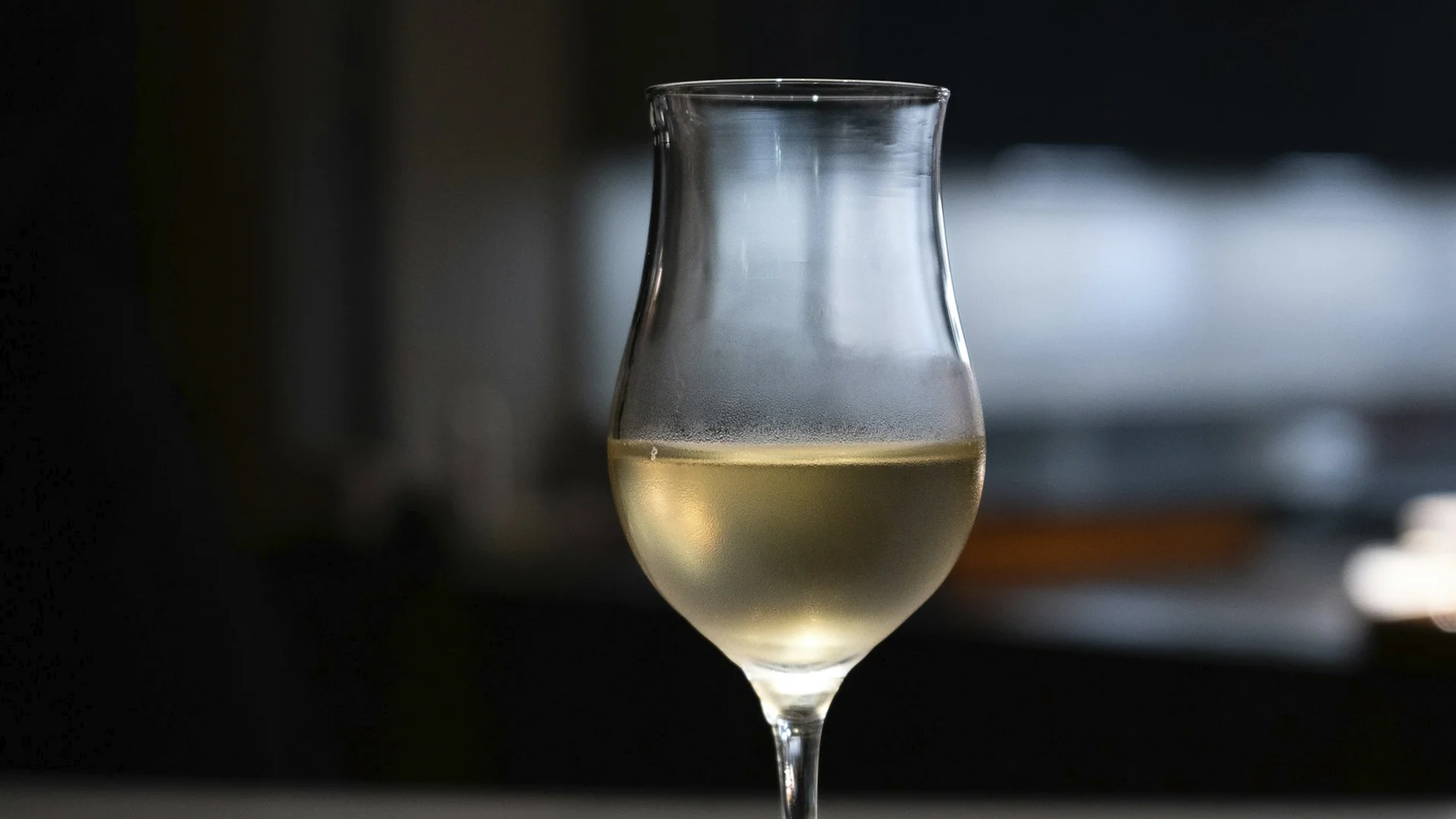





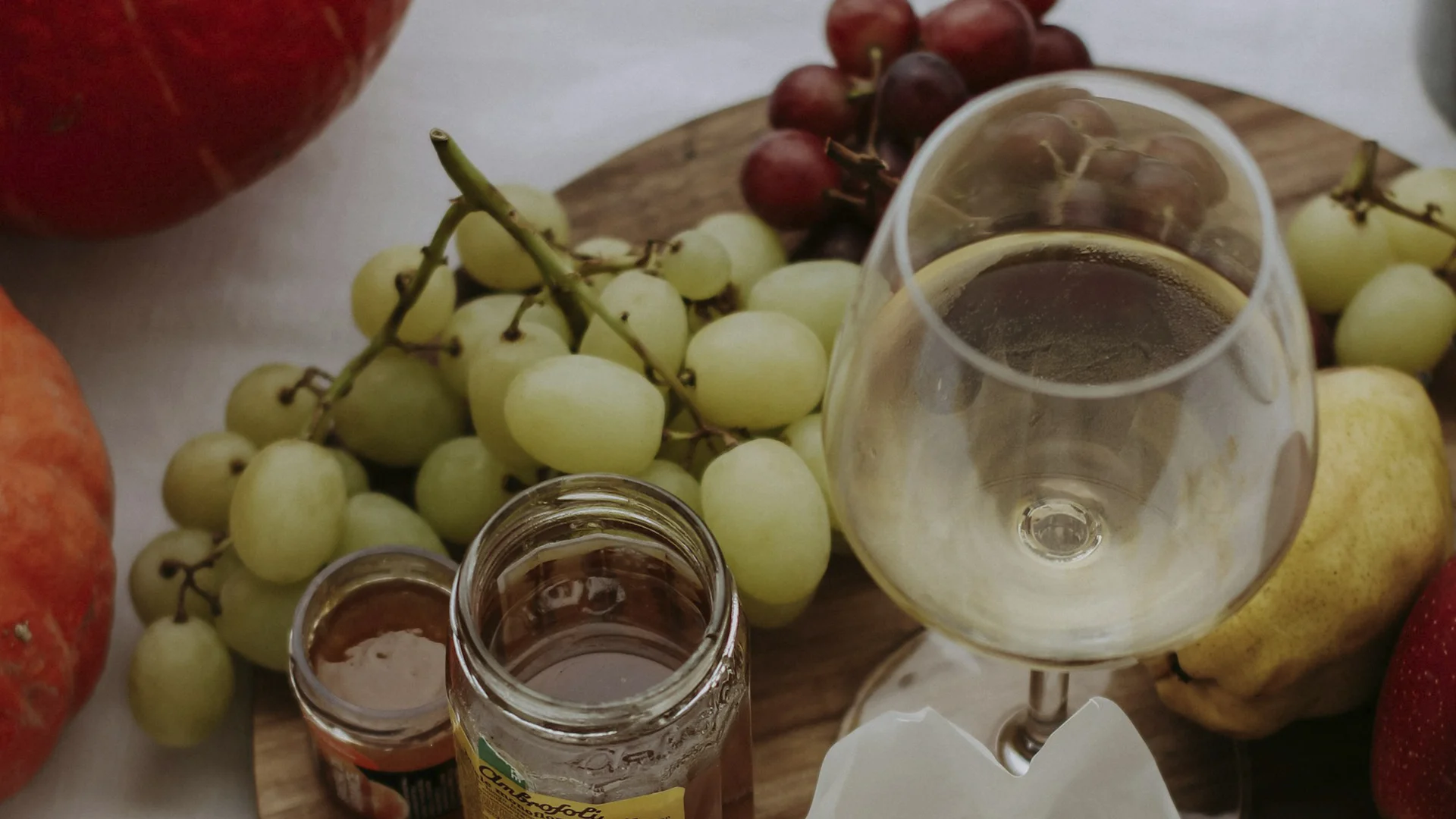













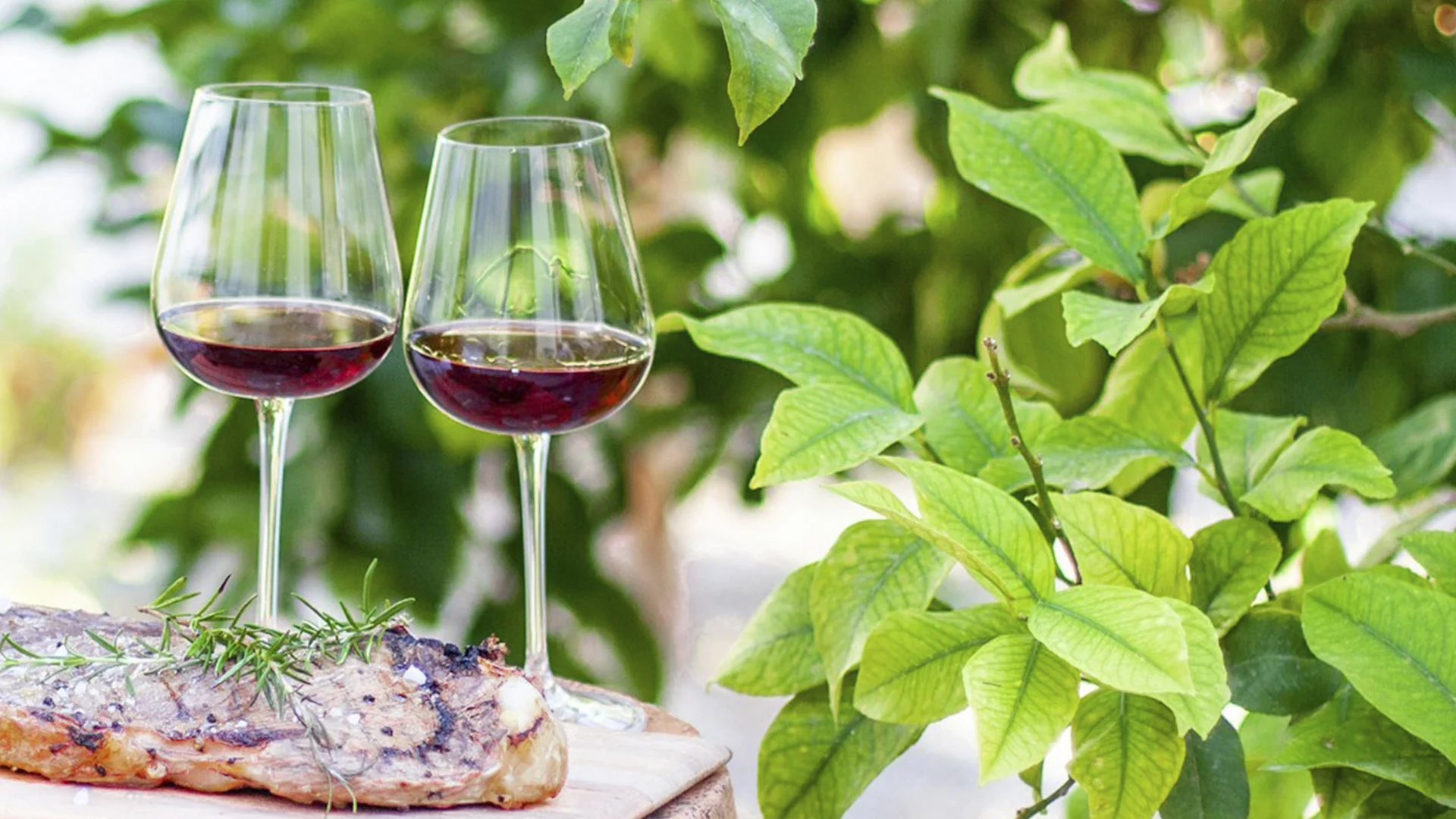





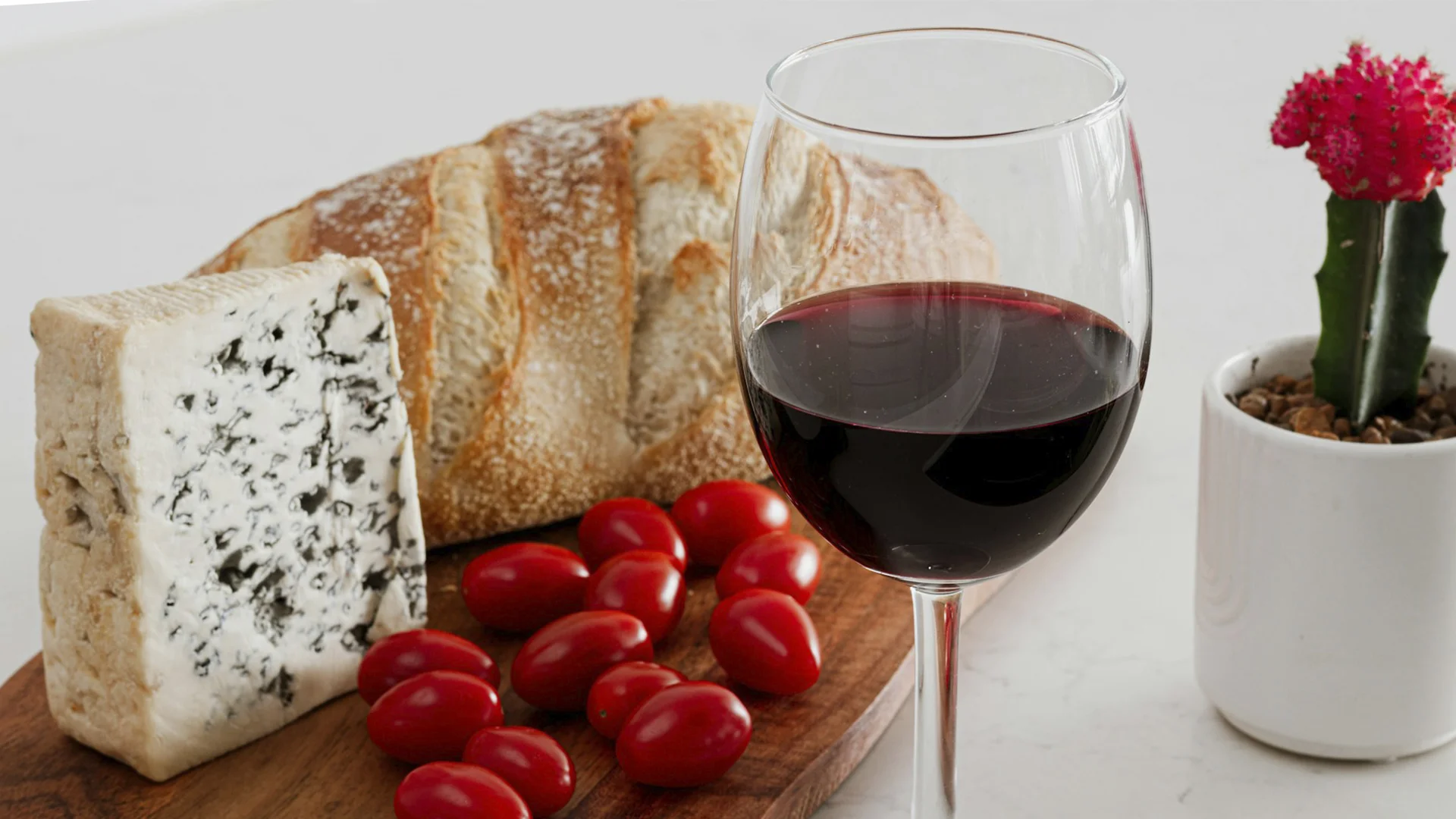

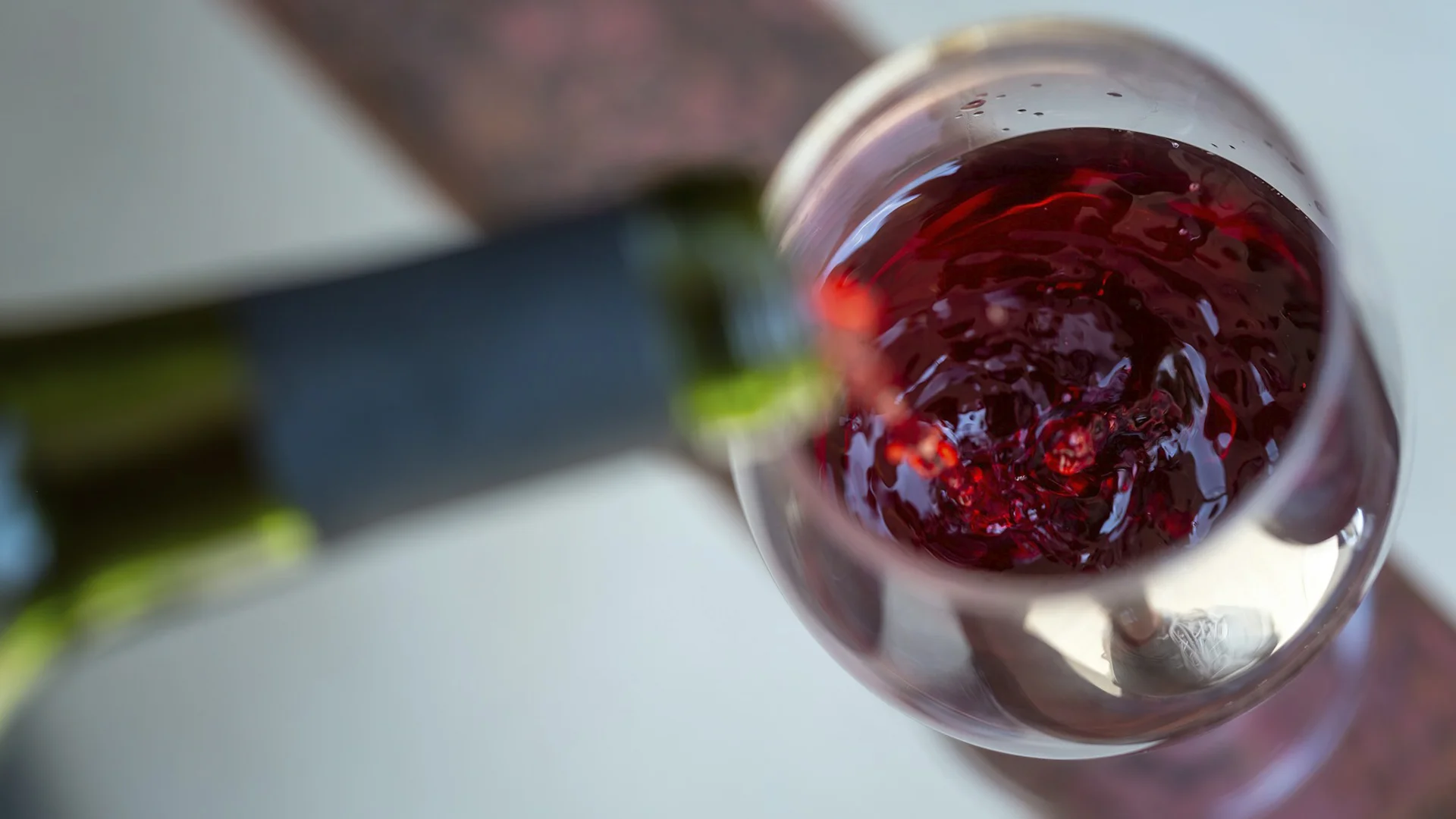




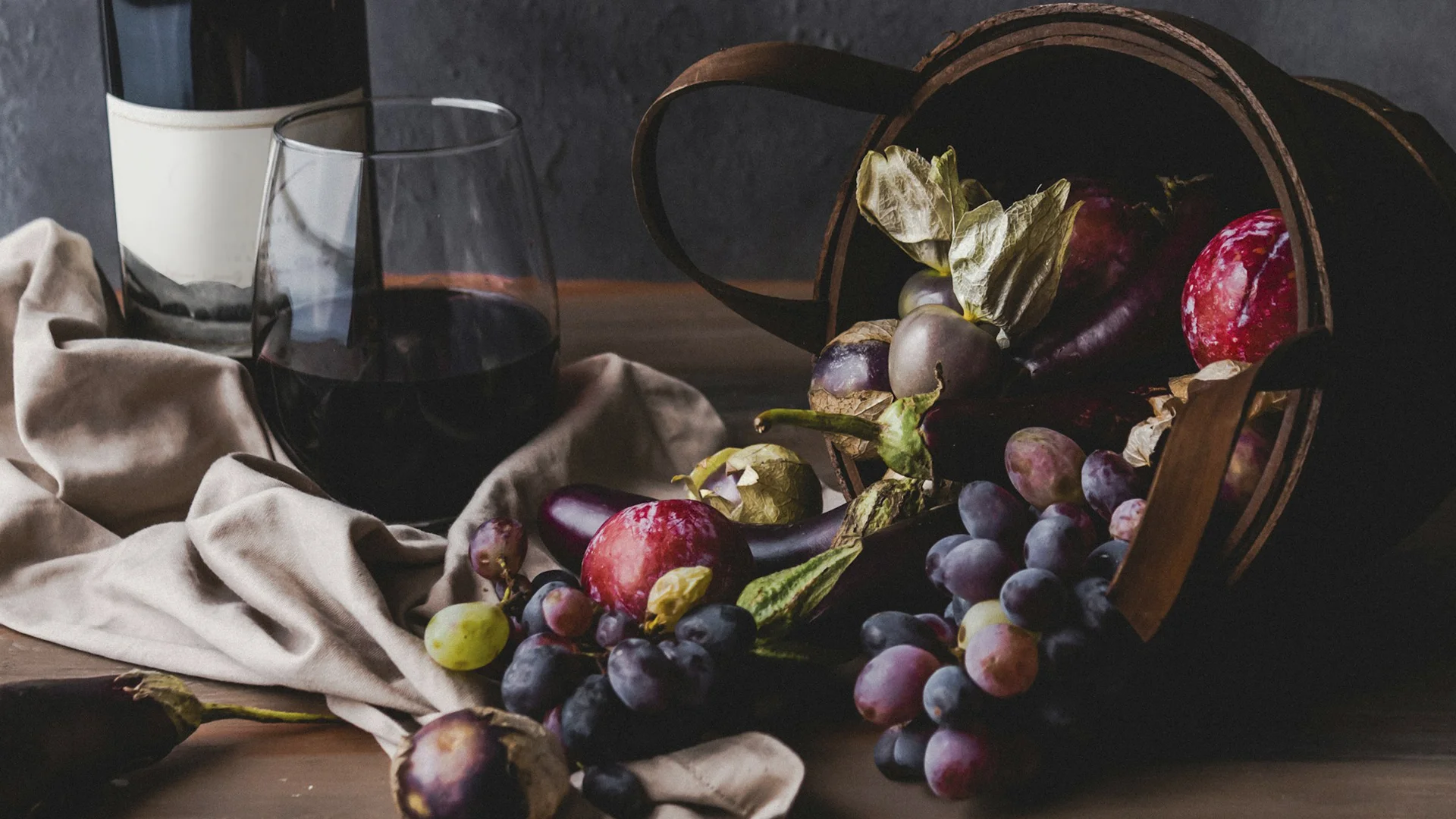
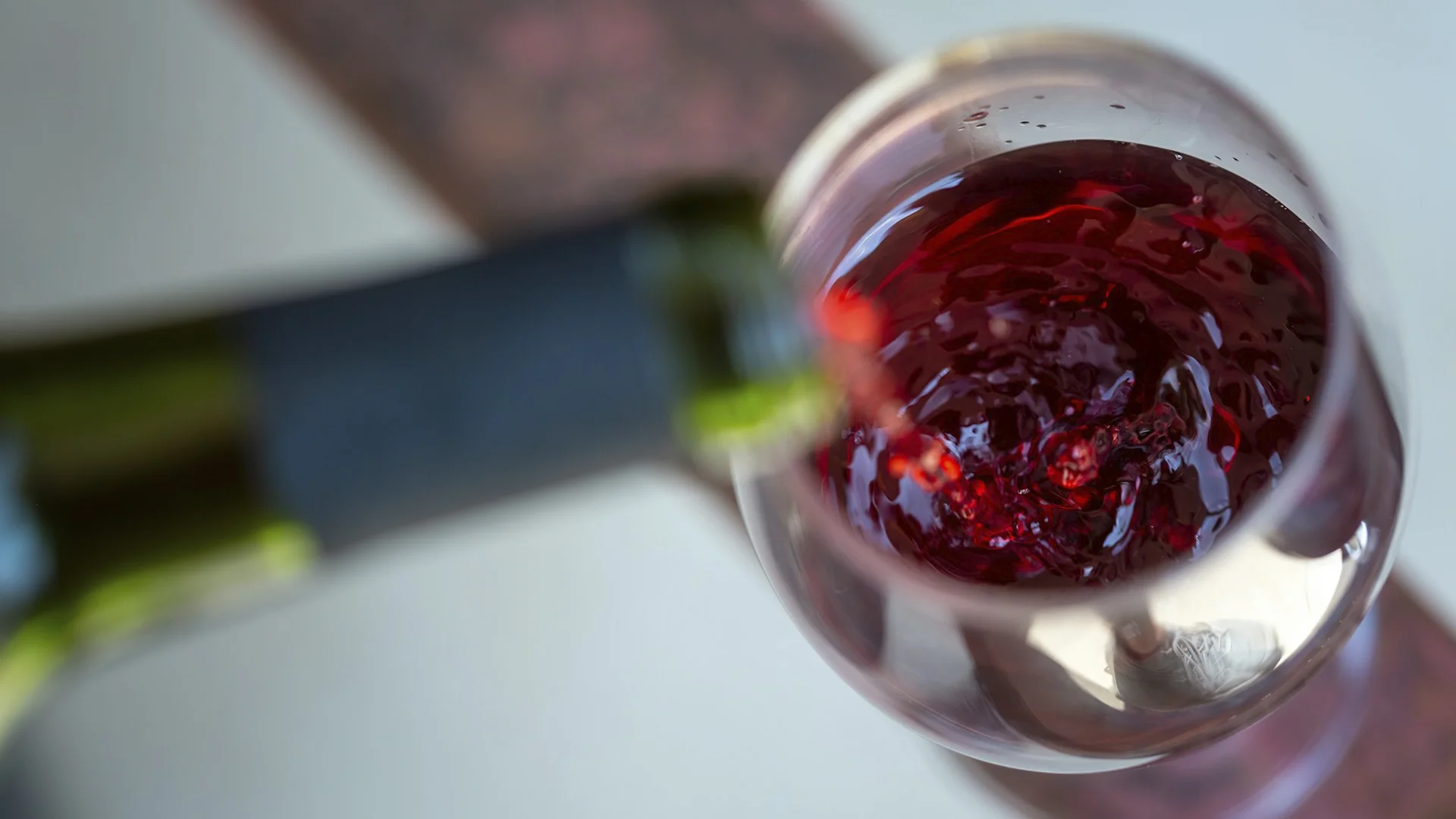
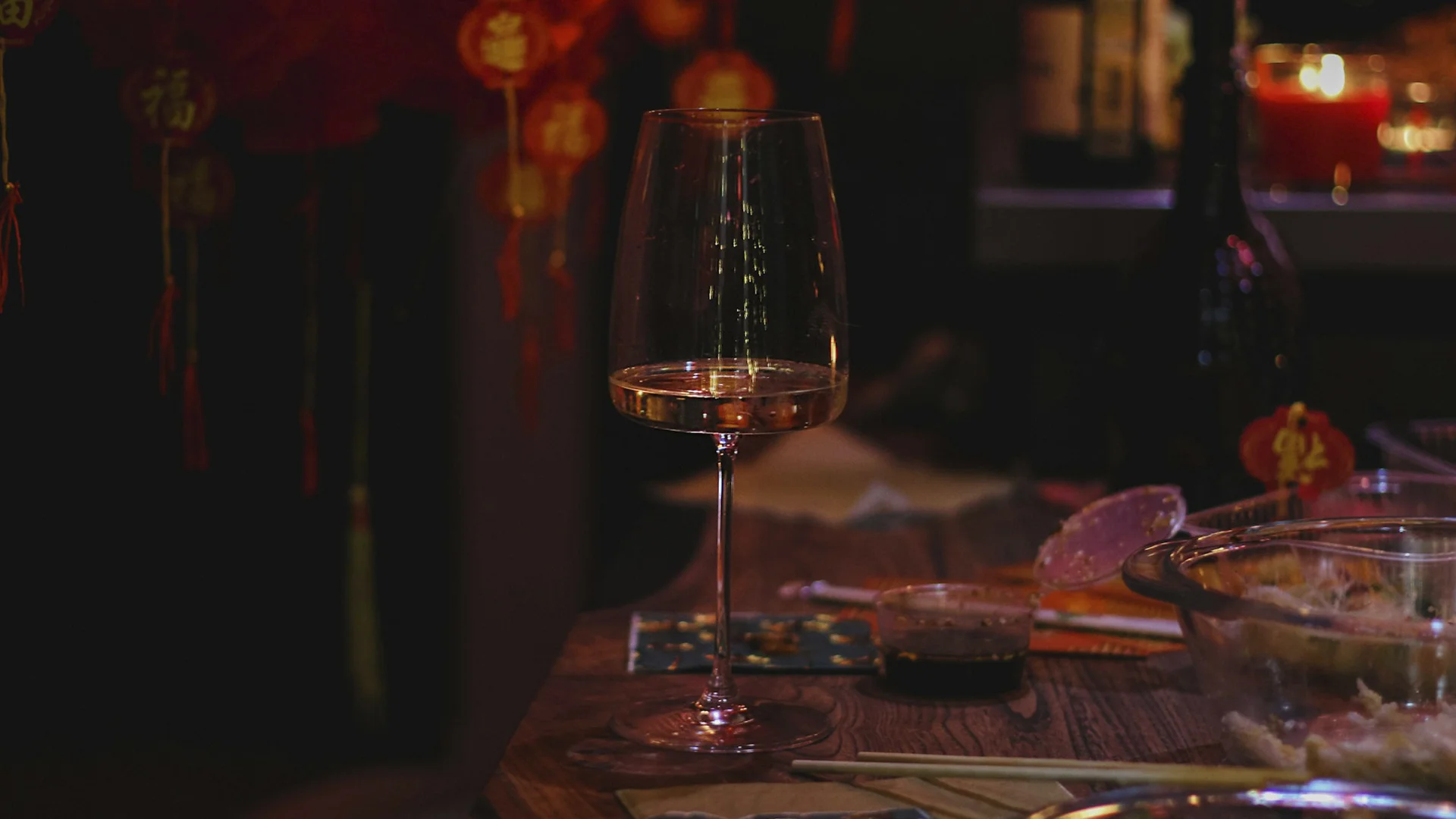






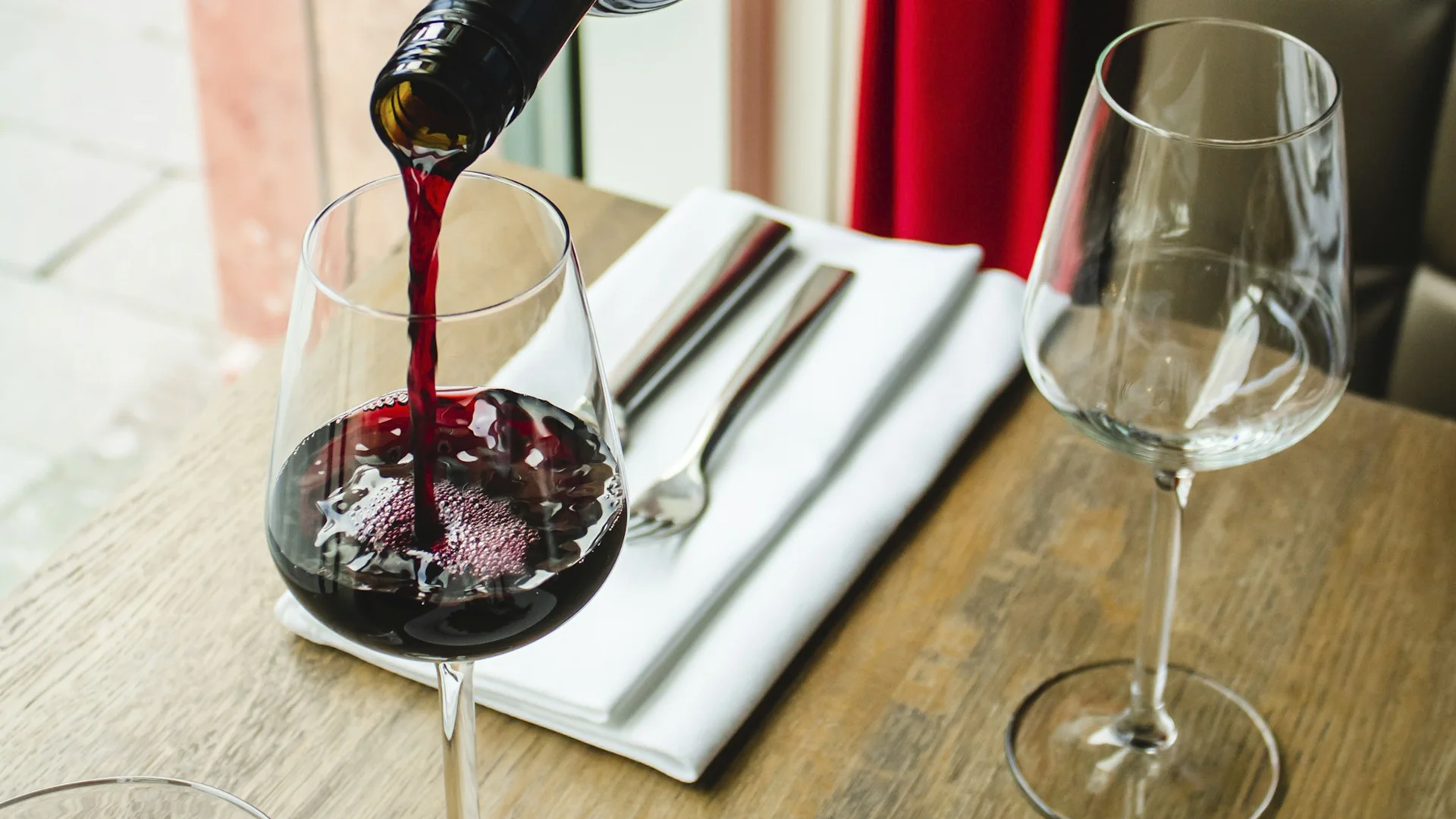












.webp)

.webp)
.webp)
.webp)



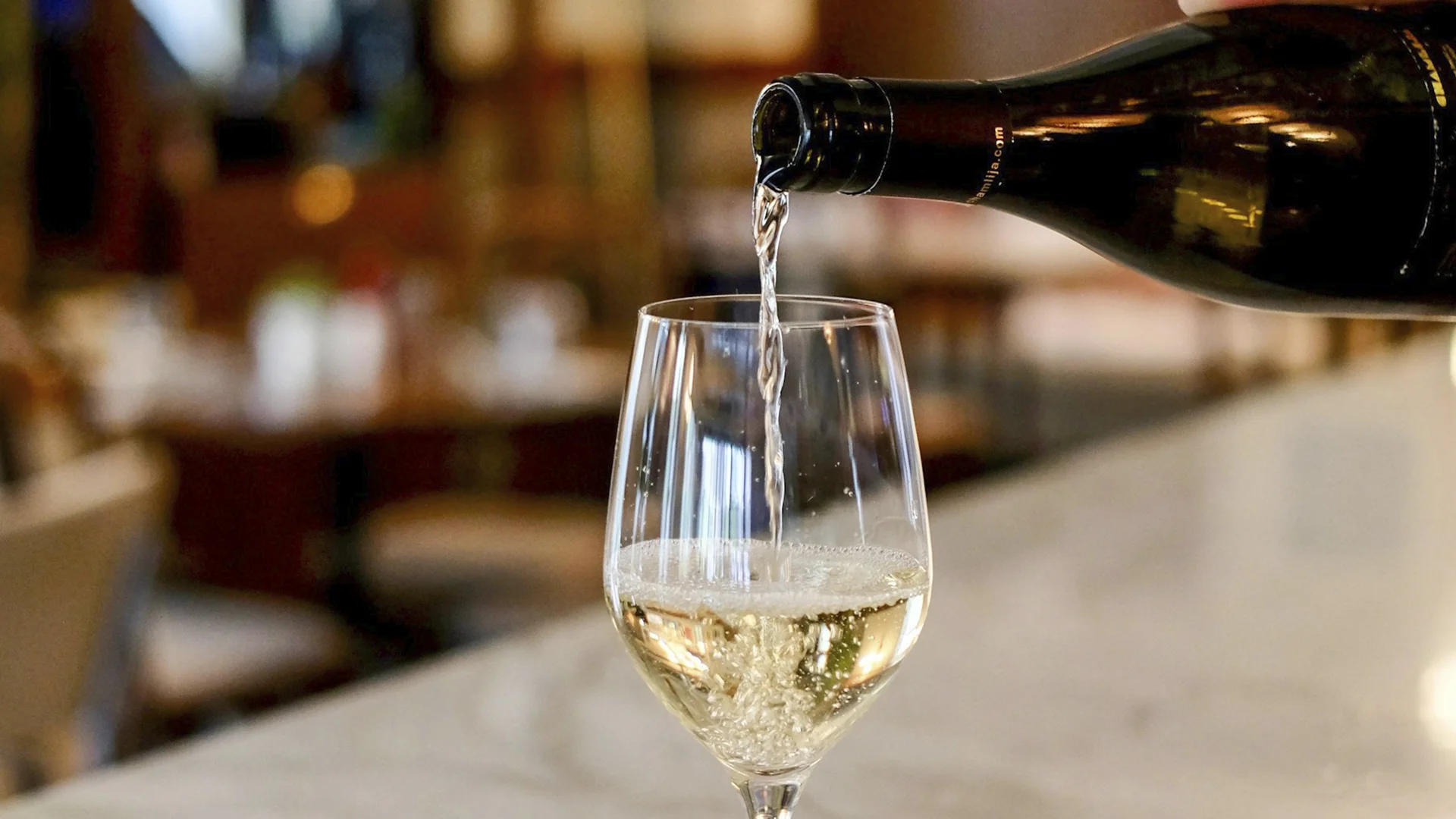






















.webp)













Are you interested in
collaborating with us?